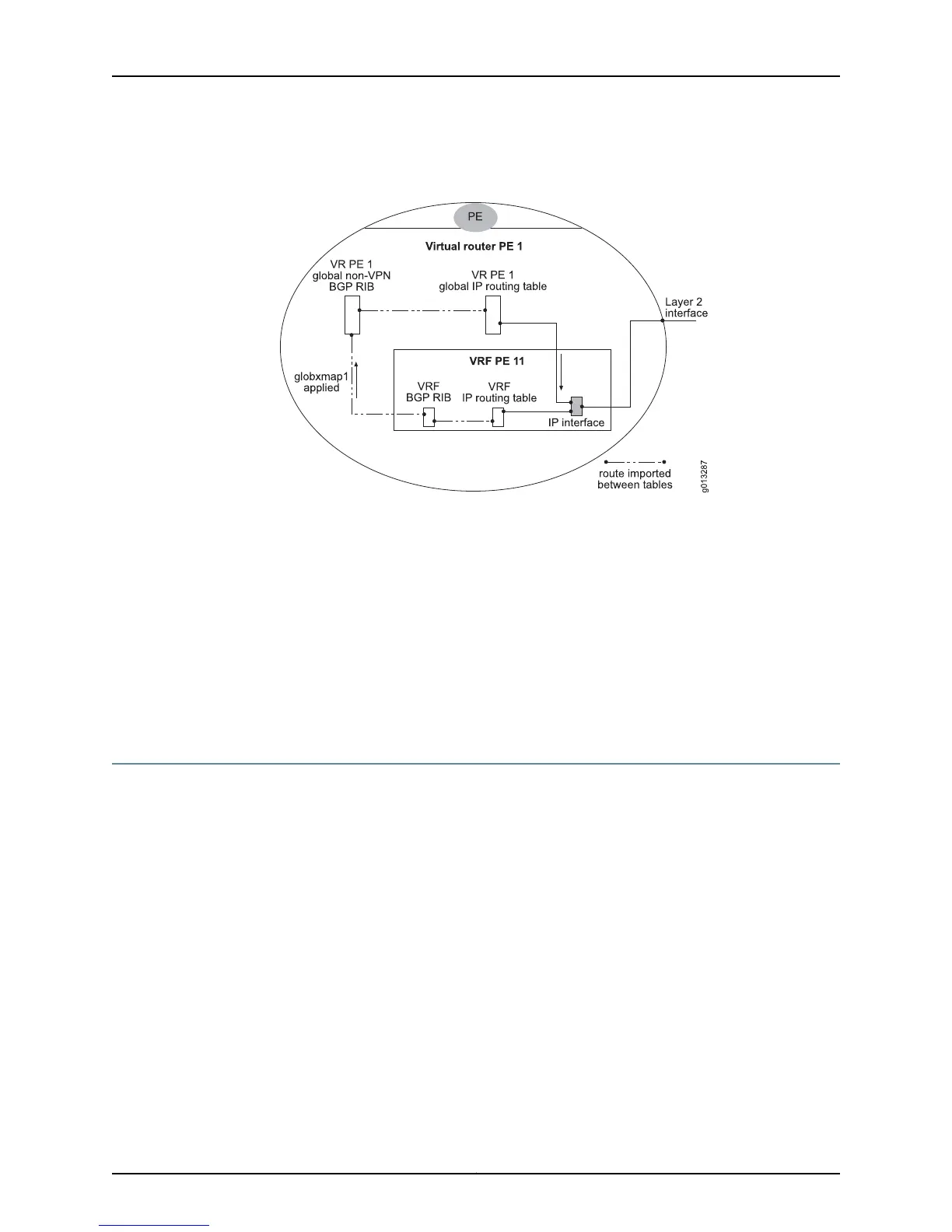Figure 106: Global Export Map Applied to Routes Exported from VRF BGP
RIB
The following commands configure the route map and global export map:
host1(config)#virtual-router pe1
host1:pe1(config)#access-list dot-one permit 0.0.0.1 255.255.255.0
host1:pe1(config)#route-map globxmap1
host1:pe1(config-route-map)#match ip address dot-one
host1:pe1(config-route-map)#set local-pref 200
host1:pe1(config-route-map)#exit
host1:pe1(config)#ip vrf pe11
host1:pe1(config-vrf)#rd 100:1
host1:pe1(config-vrf)# route-target both 100:1
host1:pe1(config-vrf)#global export map globxmap1
host1:pe1(config-vrf)#exit
Carrier-of-Carriers IPv4 VPNs
A carrier-of-carriers VPN is a two-tiered relationship between a provider carrier and a
customer carrier. In a carrier-of-carriers VPN, the provider carrier provides a VPN backbone
network for the customer carrier (Tier 1). The customer carrier, in turn, provides layer 3
VPN or Internet services to its end customers (Tier 2).
This section provides the background you need to understand carrier-of-carriers VPNs
in general, but deals with IPv4 VPNs. For information about carrier-of-carriers IPv6 VPNs,
see “Carrier-of-Carriers IPv6 VPNs” on page 475 .
The carrier-of-carriers VPN enables the customer carrier to provide the following services
for its end customers:
•
Traditional IP services—The customer carrier provides Internet connections for its
customers and uses the provider carrier’s VPN to connect its dispersed networks.
•
Layer 3 VPN services—The customer carrier provides VPN services for its customers
and uses the provider carrier’s VPN for the backbone that connects the customer
carrier’s VPN sites. This environment is called a hierarchical VPN, because there are
469Copyright © 2010, Juniper Networks, Inc.
Chapter 6: Configuring BGP-MPLS Applications

